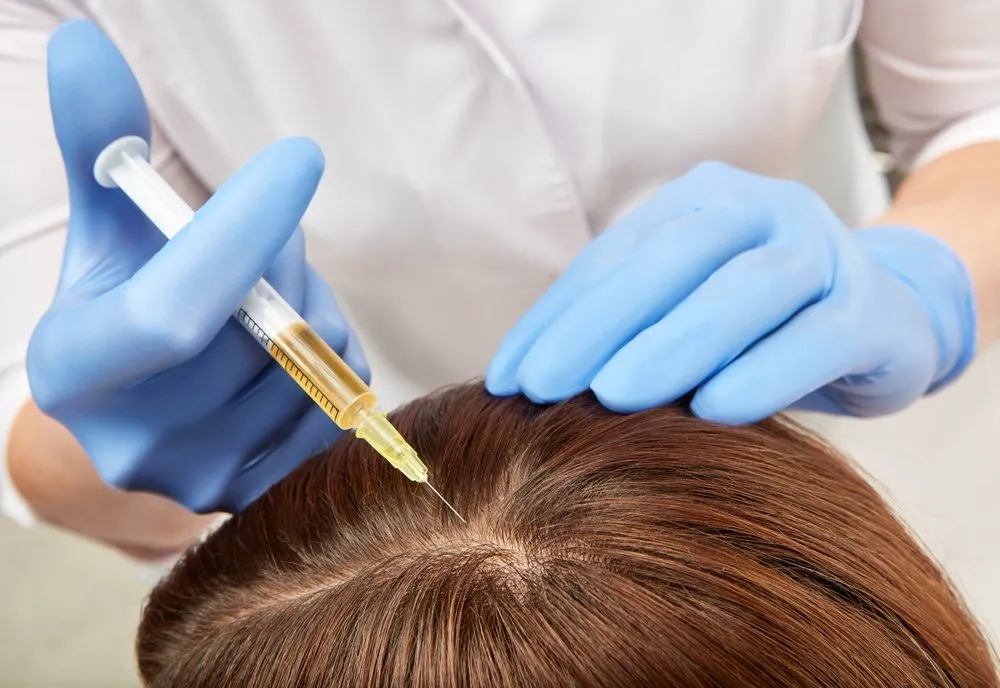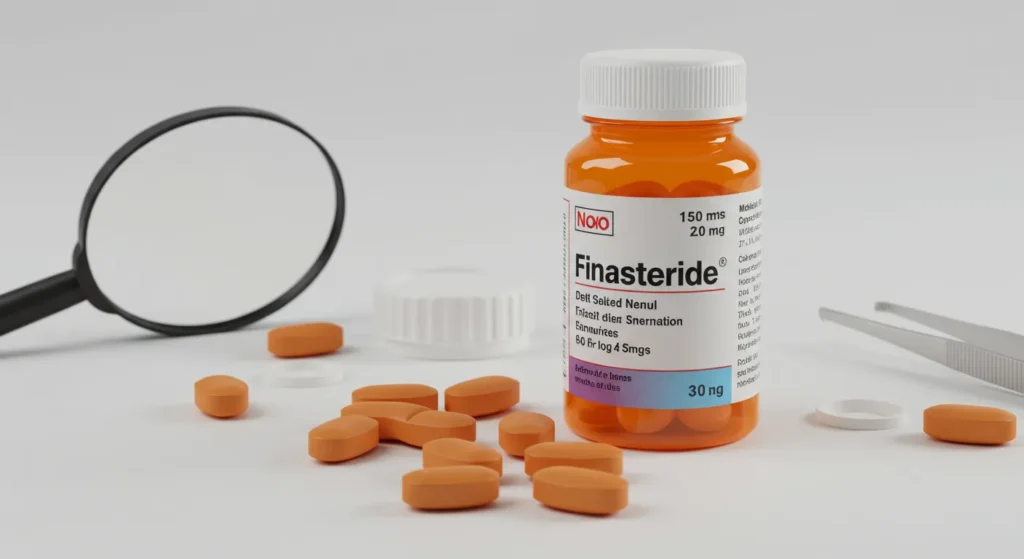If you’re researching PRP hair loss NYC, you’re likely searching for a safe, non-surgical way to reverse thinning and stimulate natural hair regrowth. Platelet-Rich Plasma (PRP) therapy offers a clinically proven solution that uses your body’s own healing factors to revive hair follicles.
In this comprehensive guide, you’ll learn how PRP works, what to expect during treatment, and where to find expert providers in New York City. Backed by research and insights from specialists, this article empowers you to take control of your hair restoration journey.
What Is PRP and How Does It Work?

PRP (Platelet-Rich Plasma) is a concentrated solution derived from your own blood, rich in growth factors that aid tissue repair and regeneration. When injected into the scalp, PRP stimulates dormant or weakened hair follicles, promoting stronger, thicker hair growth.
Science Behind PRP
- Blood is drawn from your arm and placed in a centrifuge.
- This separates platelet-rich plasma from other blood components.
- The PRP is then injected into areas of thinning hair on the scalp.
- Growth factors in PRP boost follicle health and trigger new growth cycles.
PRP vs. PRF: What’s the Difference?
While PRP remains the standard, Platelet-Rich Fibrin (PRF) is emerging as a next-gen option. PRF releases growth factors over a longer period, potentially offering enhanced results with fewer additives.
Evidence-Based Results
Clinical studies suggest PRP can increase hair count by up to 30–45 hairs per cm² in treated areas over 3–6 months. It’s most effective in early to moderate hair loss stages.
Is PRP Treatment Right for You in NYC?
PRP is ideal for many but not all patients. Understanding candidacy is key to managing expectations.
Who Can Benefit?
- Men and women with androgenic alopecia (pattern baldness)
- Patients with early thinning, not complete baldness
- Those with telogen effluvium or post-COVID hair loss
Who Should Avoid It?
- Individuals with bleeding disorders, scalp infections, or autoimmune diseases
- Those on blood thinners or with platelet dysfunction
Choosing the Right NYC Clinic
Look for providers who offer:
- Board-certified dermatologists or hair restoration surgeons
- Advanced centrifugation and injection protocols
- Before-and-after galleries and verified patient reviews
What to Expect: Procedure & Timeline
Knowing what your PRP journey looks like helps ease concerns and sets realistic expectations.
Pre-Treatment Preparation
- Avoid NSAIDs and alcohol for 48–72 hours before the session.
- Stay hydrated and eat a light meal prior.
The Procedure – Step by Step
- A small amount of blood is drawn.
- It’s spun in a centrifuge to isolate PRP.
- The PRP is injected across the scalp using fine needles.
- Optional: Microneedling is added to enhance absorption.
Pain, Downtime & Safety
- Minimal pain thanks to local anesthesia or numbing cream
- Mild swelling or redness may occur for 24–48 hours
- Normal activities can resume immediately
Recommended Treatment Schedule
- Initial Phase: 3–4 sessions, spaced 4 weeks apart
- Maintenance: 1 session every 4–6 months
Expected Results
Results build gradually, and consistency is key.
Visible Milestones
- 2–4 weeks: Reduced hair shedding
- 2–3 months: Fine hair starts to appear
- 4–6 months: Noticeable density improvement
- 1 year: Full visual benefit
PRP in NYC: Clinics, Costs & Comparisons
PRP is available across many clinics in New York, but the cost and care quality vary.
Leading NYC Clinics
- Dr. Gary Linkov – City Facial Plastics
- Dr. Michele Green – Upper East Side
- Dr. Jeffrey Rapaport – PRP pioneer
- Great Many NYC – boutique approach
Typical Price Range
- $500–$900 per session, depending on the clinic and PRP method
- Discounts are often available on 3-session packages
Payment Options
- HSA/FSA may cover partial costs
- Most clinics offer CareCredit or monthly plans
PRP vs. Alternative Treatments
Choosing PRP doesn’t mean excluding other solutions—it often complements them.
PRP vs. Minoxidil / Finasteride
- Minoxidil: boosts blood flow but must be applied daily
- Finasteride: a hormonal blocker with risk of side effects
- PRP: Drug-free, localized, and supports both therapies

PRP + Hair Transplant
PRP speeds up healing and enhances transplanted graft survival.
Other Complementary Options
- Microneedling improves PRP absorption
- Low-Level Laser Therapy (LLLT) improves scalp circulation
- Scalp Health: using ketoconazole shampoos, avoiding heat styling
Aftercare, Maintenance & Recovery
Proper post-procedure care boosts outcomes and avoids complications.
Aftercare Checklist
- Avoid scalp massage or hair washing for 24–48 hours
- No hair products or harsh shampoos
- Sleep with your head elevated to reduce swelling
Exercise & Sweat Guidelines
- Light walking is OK after 24 hours
- Avoid intense workouts or sweating for 48–72 hours
- No swimming or sauna for one week
Maintenance Tips
- Follow the full treatment schedule
- Monitor progress via monthly photos
- Combine with topical or oral therapy when advised
Potential Side Effects
- Temporary soreness or tightness
- Small risk of infection or bruising
- Rare: scalp tenderness beyond 72 hours (contact your doctor)
FAQs
How long do PRP results last?
With proper maintenance, results can last 12–18 months or more.
Is PRP safe?
Yes. PRP uses your own blood, minimizing risk of allergic reactions.
Does PRP hurt?
Mild discomfort is expected, often managed with numbing creams.
Can women get PRP?
Absolutely. PRP is effective for female pattern thinning as well.
What if PRP doesn’t work?
PRP works best for early-stage hair loss. If you have complete baldness, a hair transplant may be a better option.
Take Your Next Step
Ready to take the next step toward thicker, fuller hair? Don’t wait for hair loss to progress further. Book your consultation today with a trusted PRP provider in New York City. Whether you’re in Manhattan, Brooklyn, or the Upper East Side, expert help is just a call away.
